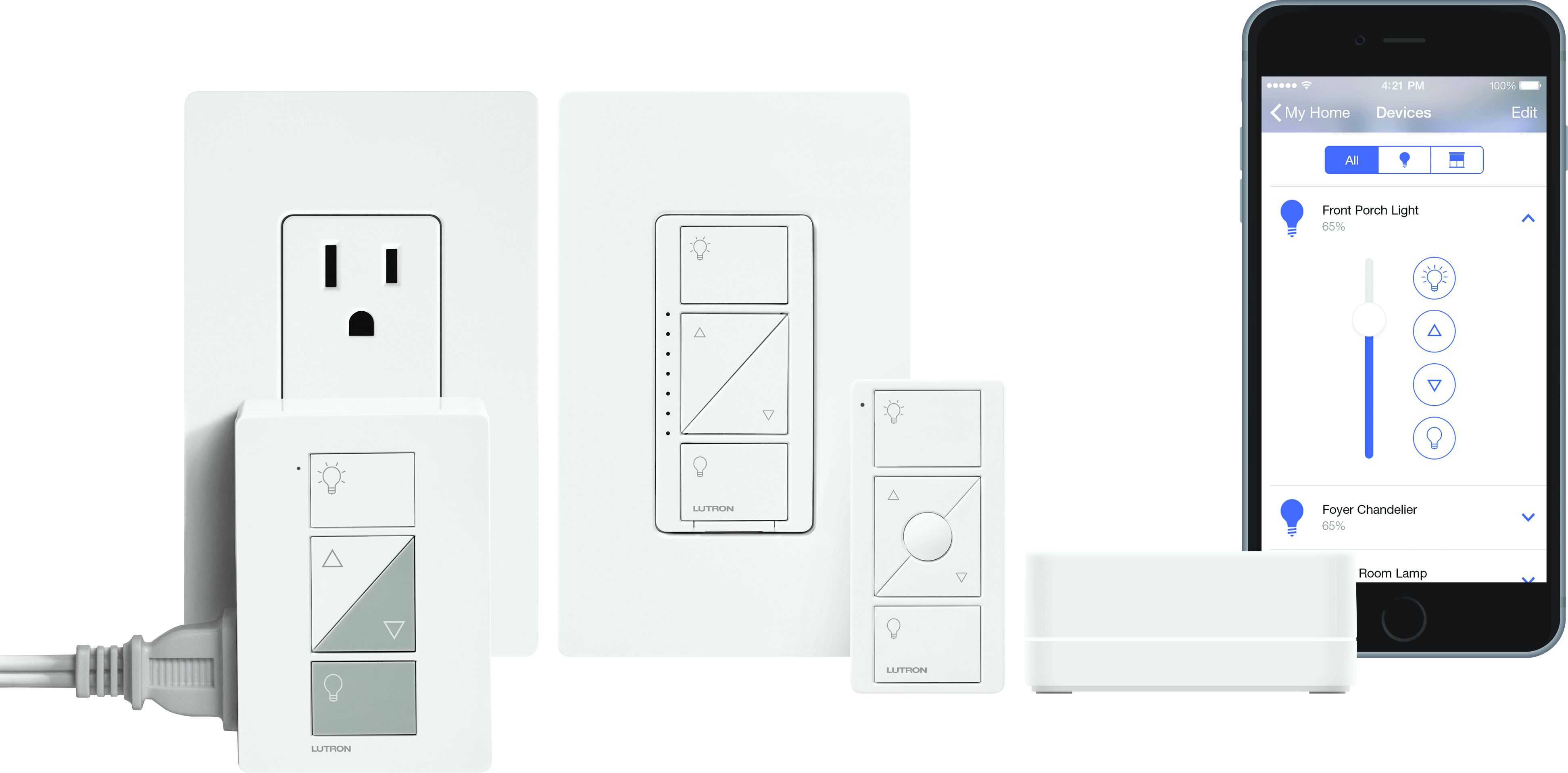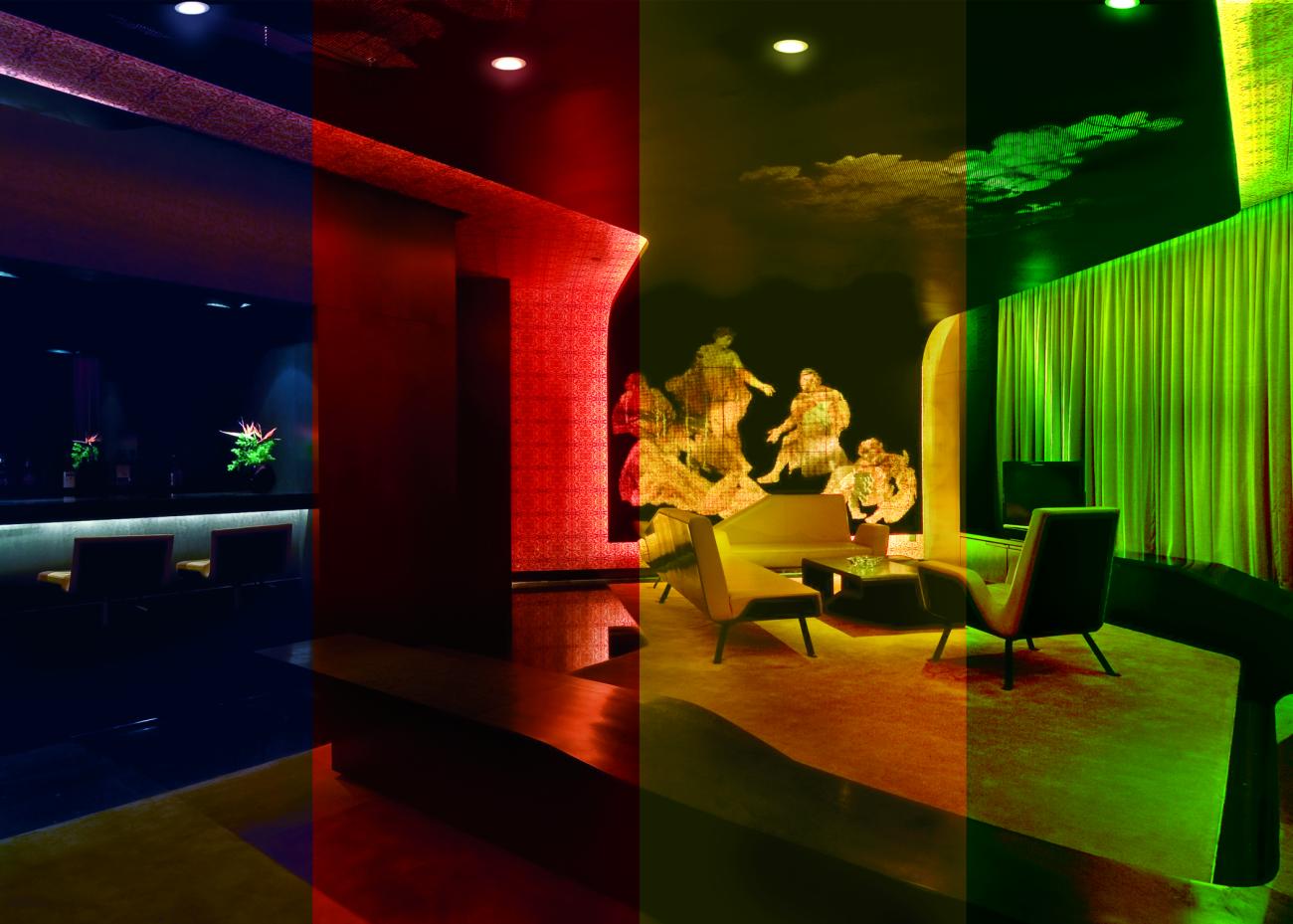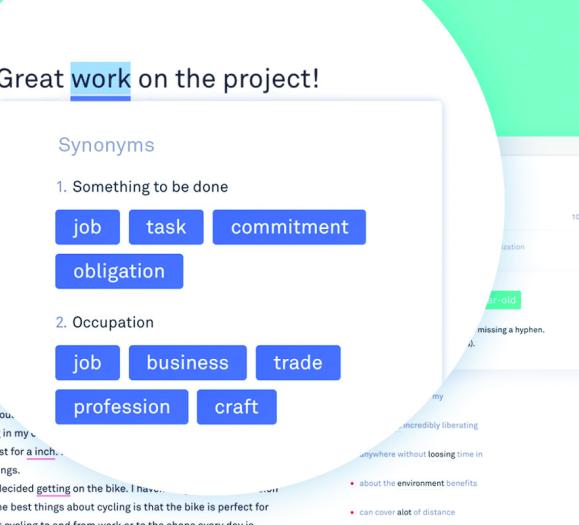The future of the Internet of Things (IoT) and smart lighting is bright. Information research and analytics provider IHS Markit predicts the residential market for connected lighting will grow from $1 billion in 2015 to more than $4 billion in 2020. In Sylvania’s annual Socket Survey, 76 percent of respondents believe that smart light bulbs will eventually replace conventional light bulbs. Many homeowners have yet to fully embrace the technology, but democratization has already begun.
What are IoT and smart lighting? Taken together, the terms refer to the ability of lighting products to communicate wirelessly with other electronic devices and each other typically by connecting to a home’s Wi-Fi network. Users download an app to a smartphone or tablet to program their lighting for energy savings, special occasions and automatic operation when they’re away from home. According to Aaron Ganick, Vice President of Smart Home Americas, LEDvance, the ultimate promise of home connectivity is the integration of lighting with music, thermostats, shades and security systems into combined experiences that enhance user mood, activity and safety.
Such conveniences were once reserved for luxury homes with systems requiring professional integrators. However, David Weinstein, Vice President of Residential Sales, Lutron Electronics Co., notes “The ability to deliver the connected home lifestyle management is going mainstream because it’s simpler, more affordable and reliable at the scalability necessary for mid-market consumers.” Available through a variety of retailers and online, these products, which include smart light bulbs, fixtures, dimmers and switches, tout easy installation and operation.
But interoperability of lighting and other smart products that employ different wireless standards remains a challenge. In general, residential lighting makers have largely coalesced around two protocols: Bluetooth, for close-proximity, one-on-one communication, and the more widely adopted Zigbee, which extends control over a greater distance by mesh networking multiple devices. However, updates and continued competition among all of the standards complicate integration, a primary focus for manufacturers. Until it all shakes out, both Ganick and Weinstein recommend opting for known brands.

Despite these challenges, manufacturers are using wireless technology to capitalize on recent developments, such as color-tunable white LEDs. Eaton’s Halo RL56 wireless downlight, for example, takes the guesswork out of selecting an appropriate color temperature by being adjustable from 2700K to 5000K and programmable post-installation via a dedicated app — a boon for designers and consumers alike, according to Brad Paine, Vice President and General Manager of Recessed and Residential Lighting, Eaton. WAC’s new ilumenight app offers remote control of the Aether 3.5 LED downlight and a line of outdoor landscape lighting, both equipped with adjustable white and color-changing LEDs.
Taking a different tack, Lutron’s Caséta adds connectivity to existing lighting fixtures by replacing legacy switches and dimmers with wireless wall and tabletop controls. The system includes a bridge that plugs into the home Wi-Fi network and functions as a conduit between the control units and a smartphone or tablet. It also stores and executes user settings and schedules without additional prompting from the app.

Other connected lighting products, such as Haiku Light and Philips’ Hue platform, have incorporated motion, occupancy and/or ambient light sensors to improve energy efficiency and assist with wayfinding. Because the latter is an open system, enthusiasts have developed some 350 apps that cue the light to music, fireworks or “when your favorite football team scores,” says Chris O’Neill, Global Alliance Director for Philips Hue.
The rapid adoption of voice technology through Amazon Echo, Google Home and Apple HomeKit’s Siri is also driving smart lighting innovation. Recognizing the convenience of voiceover app operation, manufacturers have already rolled out products that work with one or more voice systems. LEDvance’s new HomeKit-enabled Multicolor A19 replacement lamp, however, uses Bluetooth and Apple’s Home app to respond to iPhone Siri voice commands without additional hardware.
Such standalone products are trending, says Ganick, which makes sense. For the uninitiated, they offer an opportunity to learn and understand the benefits of connected lighting. Weinstein adds, “The best way to get good at this is to be a customer.”
Future of IoT
“Lighting will be the carrier for a lot of IoT infrastructure,” says Ted Konnerth, President and CEO of Egret Consulting Group, a Mundelein, IL-based recruiting firm for the lighting industry. As such, it could provide health benefits beyond regulating circadian rhythm.
Imagine LED fixtures integrated with sensors that could detect changes in body temperature, perspiration level or the amount of CO2 exhaled. A communication hub would receive that information, send out, say, a reminder to take medication and/or help homeowners track “how they’re aging or performing.” How far off in the future is this capability? Five years, says Konnerth.







